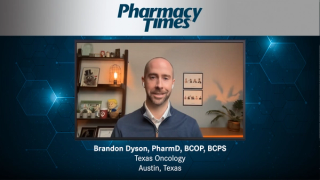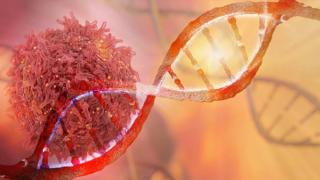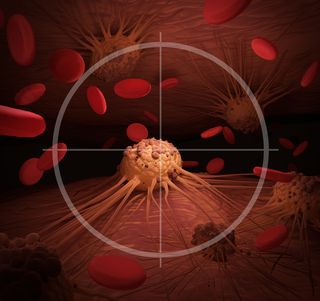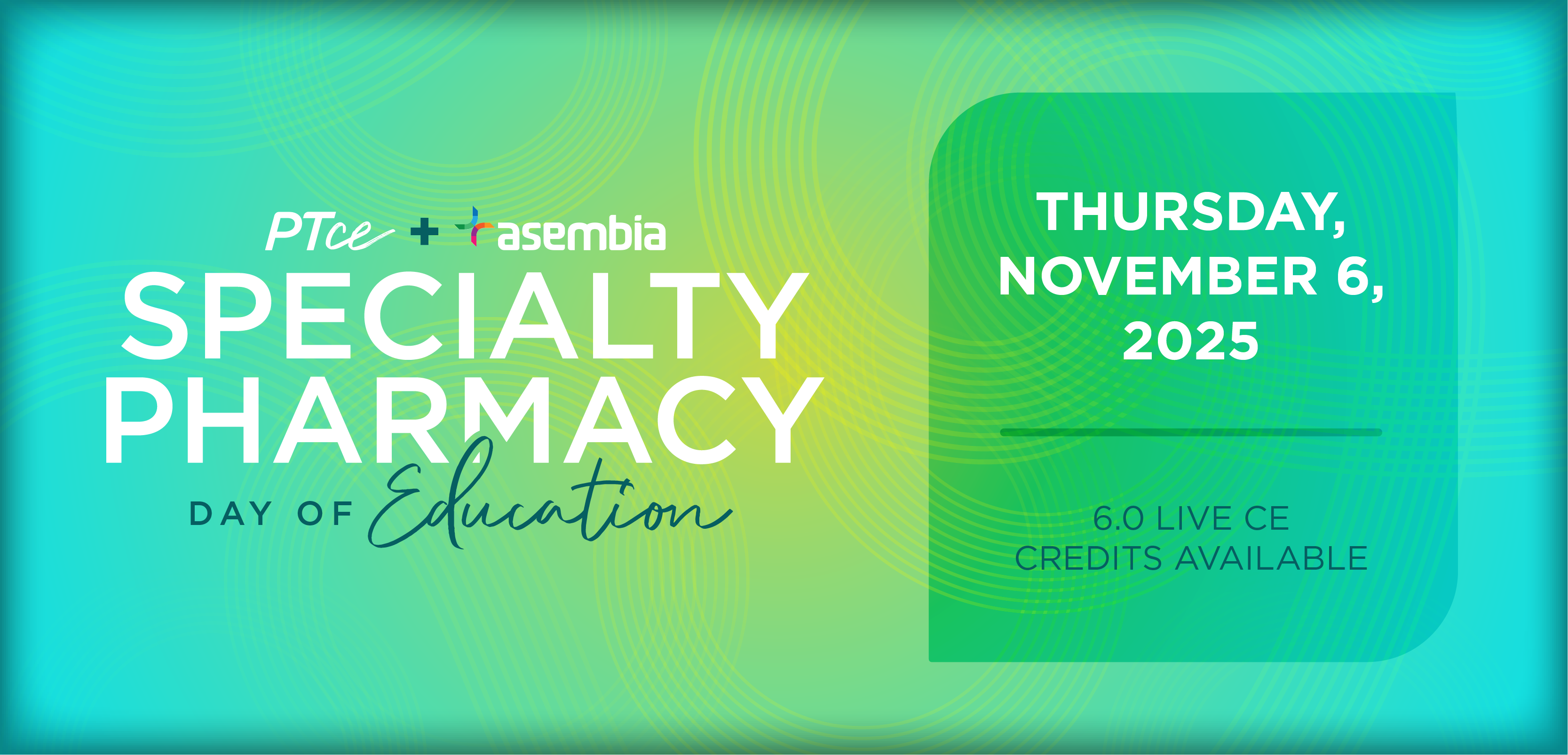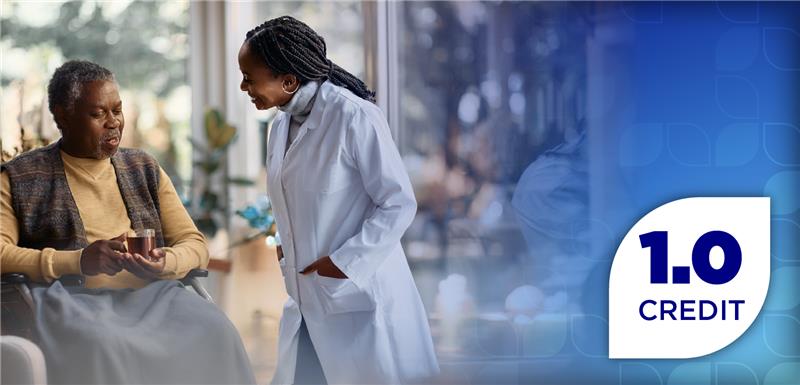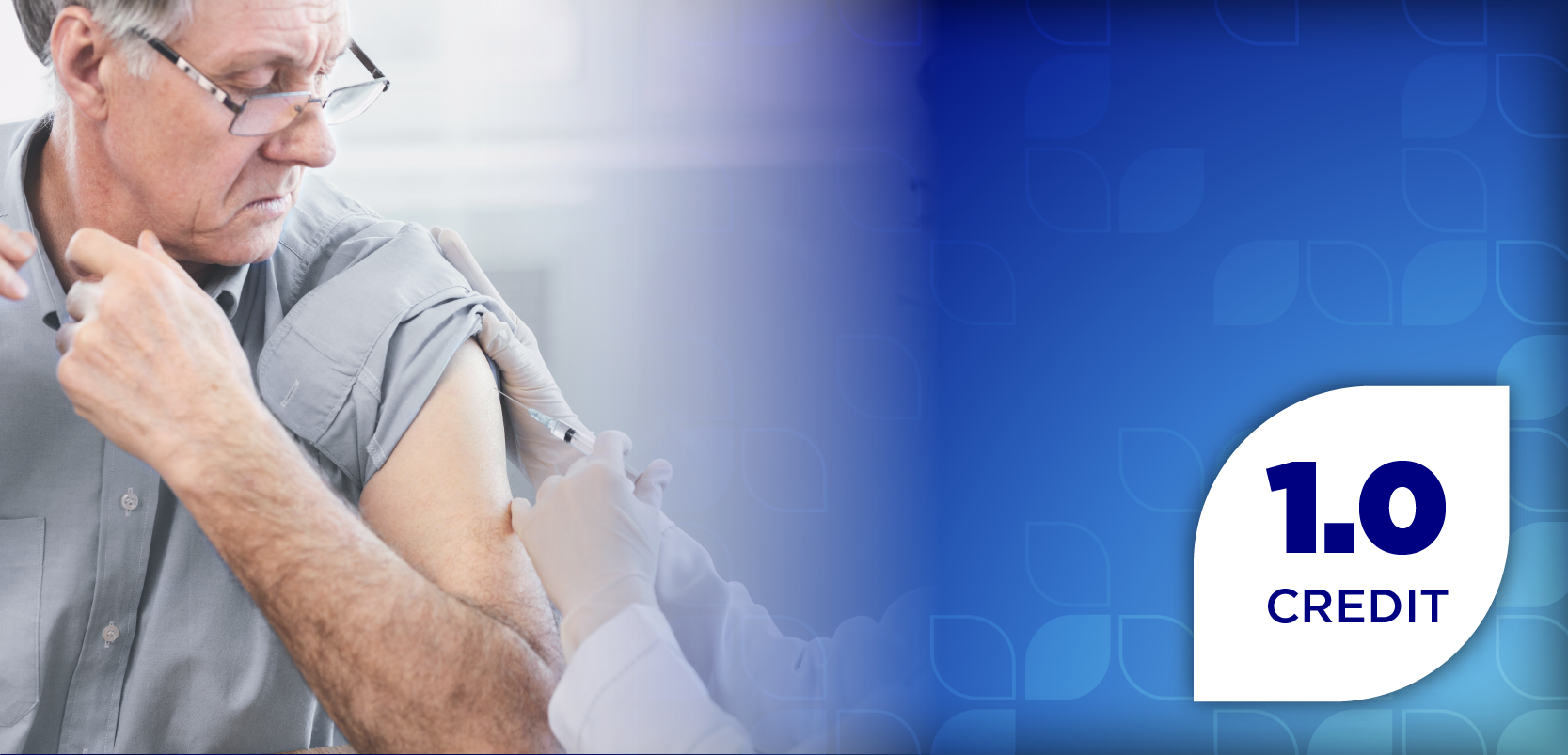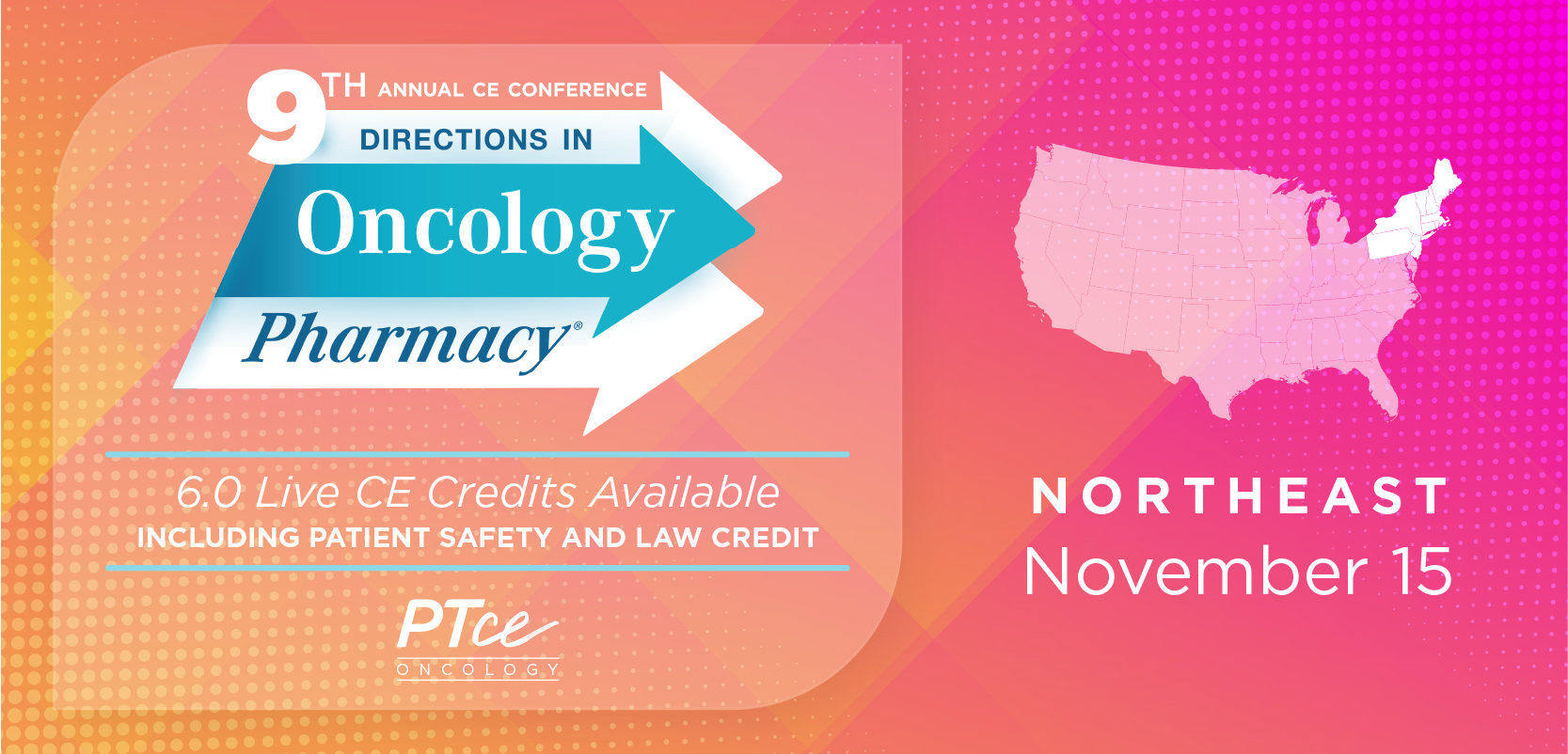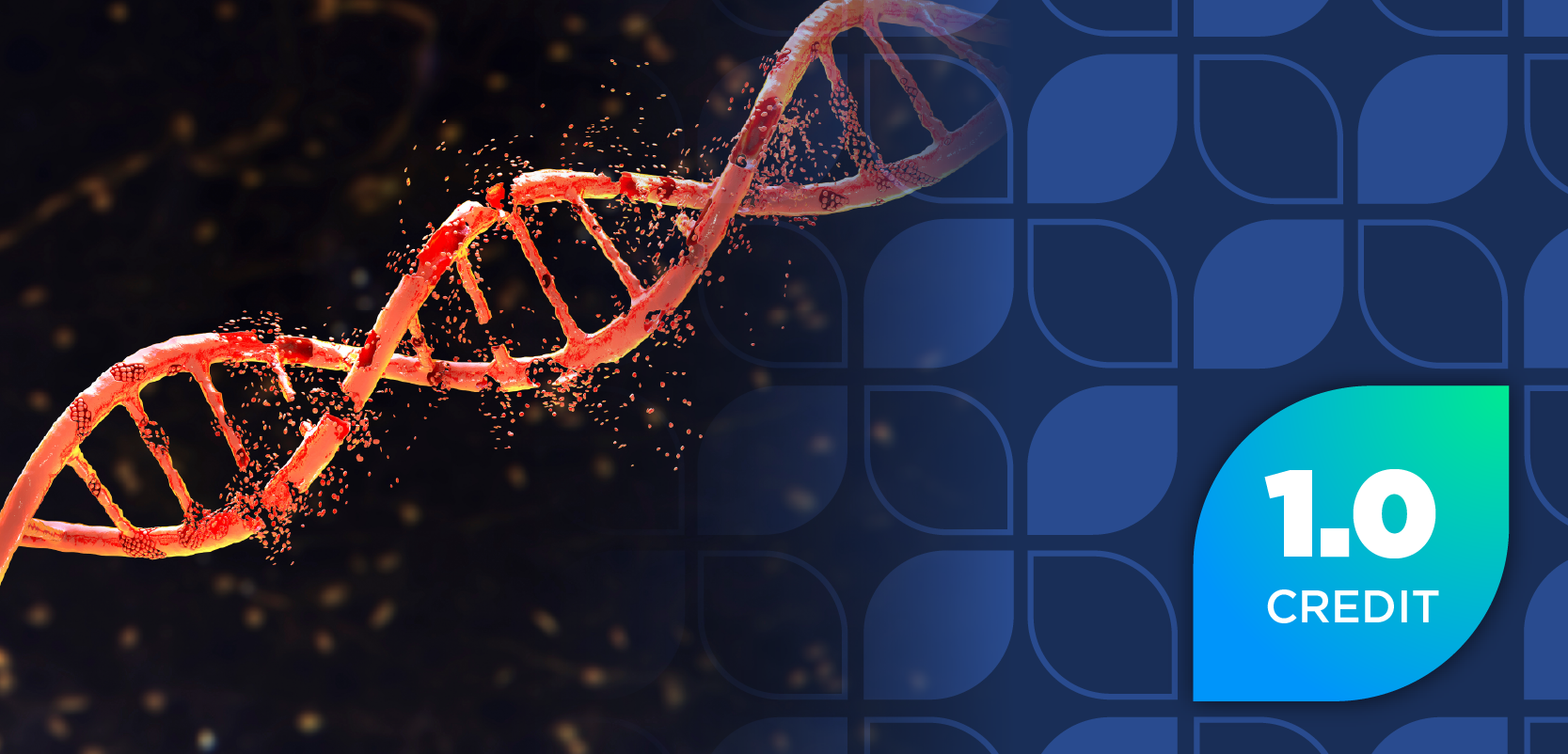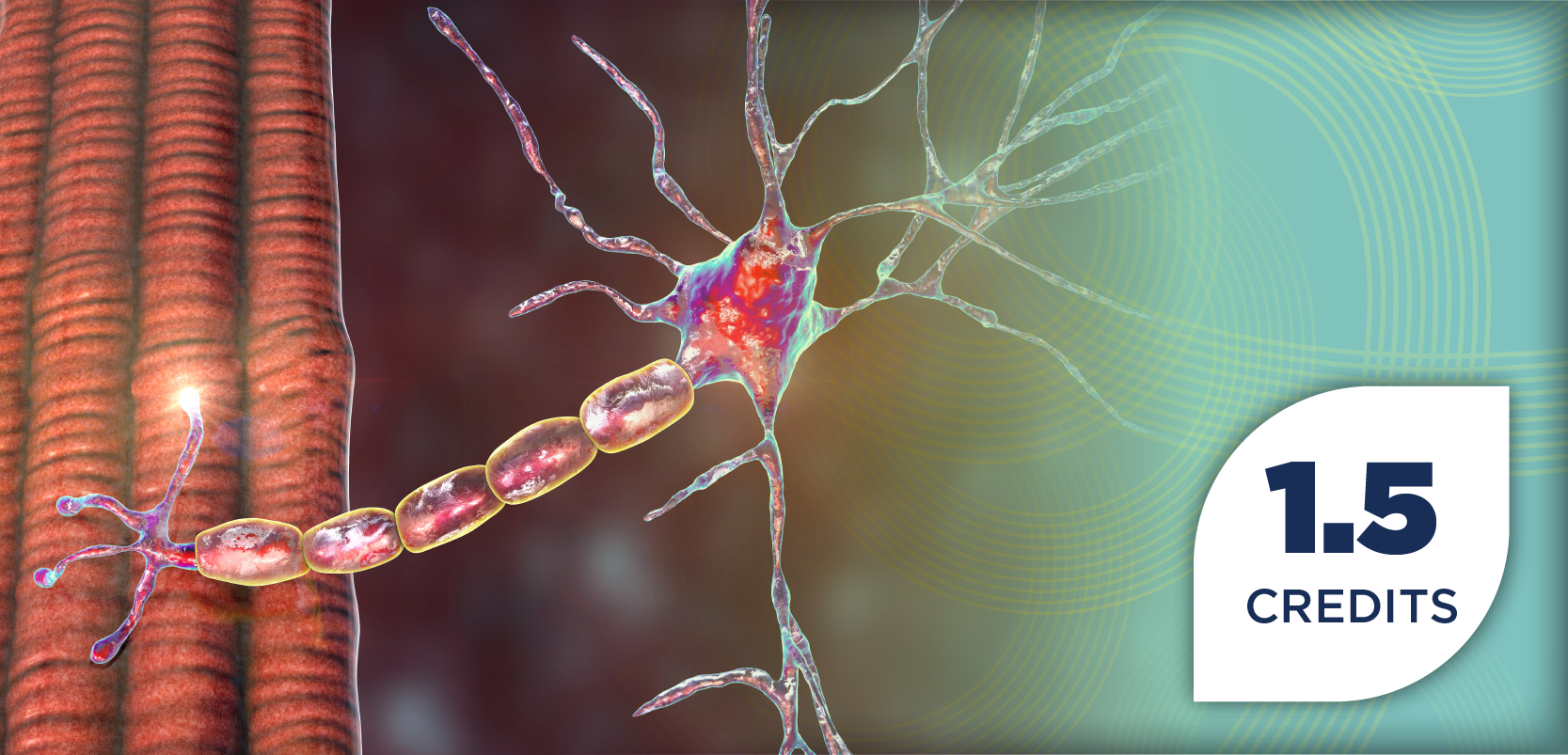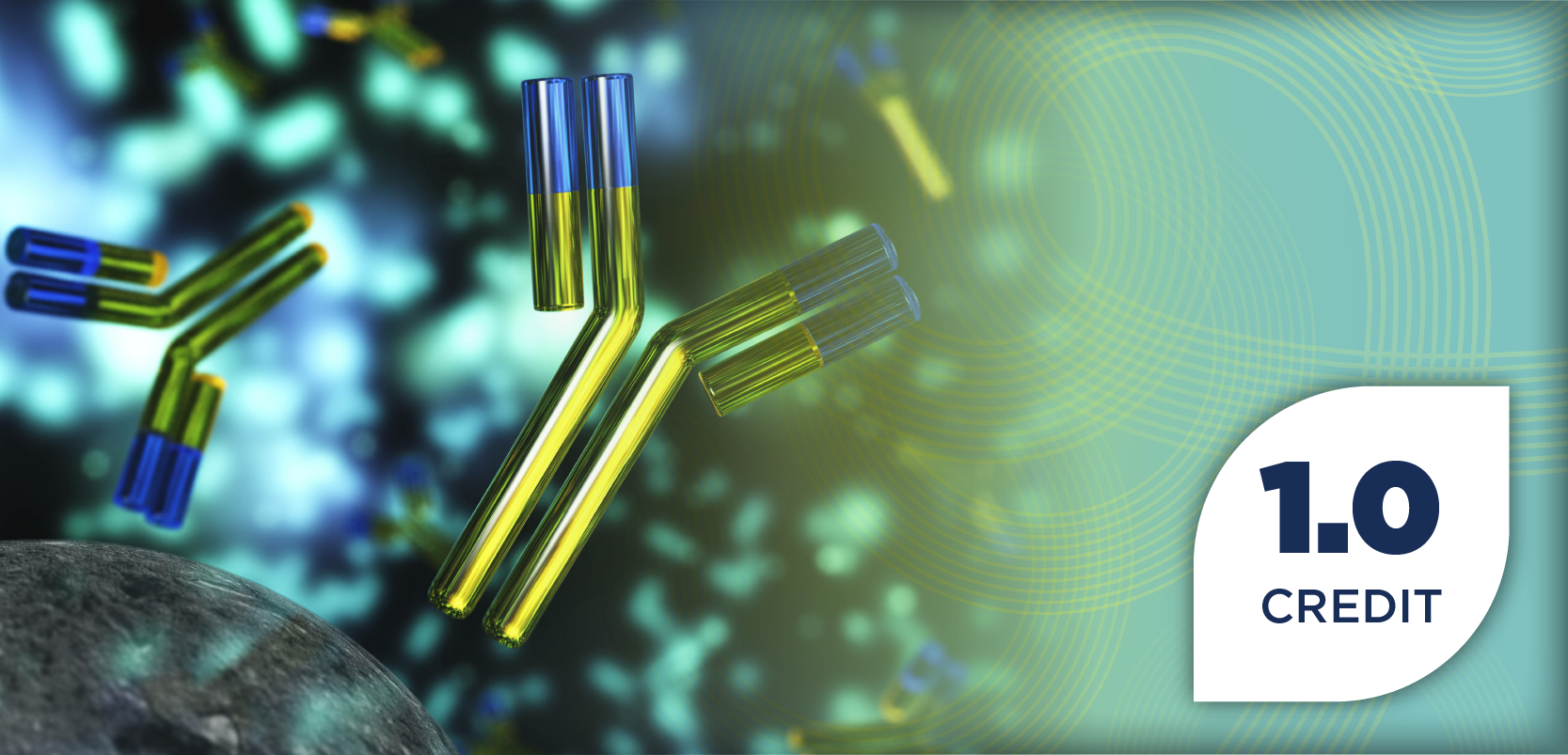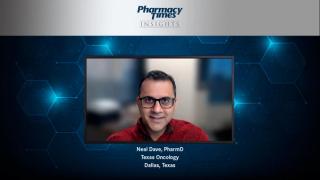
Lymphoma
Latest News
Latest Videos

CME Content
More News
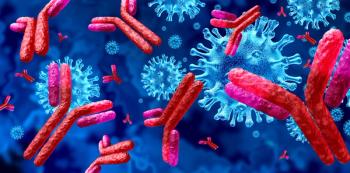
Increased immunoglobulin replacement therapy led to reduced infections and managed secondary immune deficiencies such as hypogammaglobulinemia.

Combining multiple drugs to induce a deep response in patients with diffuse large B-cell lymphoma could open curative pathways for those affected.

An increased frequency of immunoglobulin G testing in patients with chronic lymphocytic leukemia (CLL) and non-Hodgkin lymphoma (NHL) was also associated with a lower likelihood of severe infections.
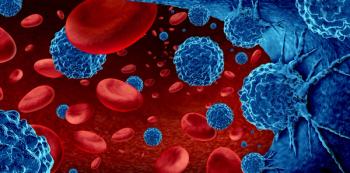
The approval marks the first and only T-cell engaging bispecific antibody administered subcutaneously to treat patients after 2 or more lines of systemic therapy.

There are numerous challenges with cell and gene therapies in oncology, such as accessibility, cost, and prior authorizations, as well as the need for improved education and training within the oncology community.
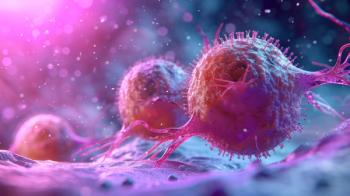
Tim Mok, PharmD, BCOP, BCPS, discusses innovative therapies that are changing the treatment options available for patients with hematologic malignancies.
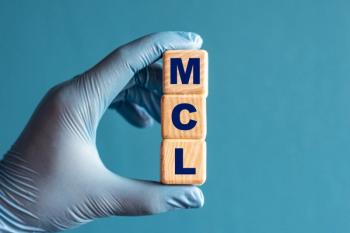
Compared with standard of care chemoimmunotherapy, acalabrutinib with bendamustine and rituximab reduced risk of death or disease by approximately 27%.

Participants in the study had durable response for over 1 year, in addition to positive efficacy indicators.
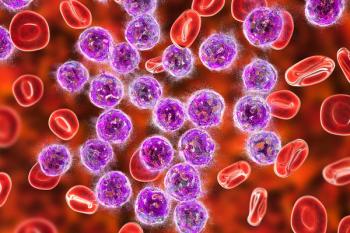
Zanubrutinib shows potential in treating patients with treatment-naïve high-risk chronic lymphocytic leukemia and/or small lymphocytic lymphoma with del(17p) and/or TP53 mutation.

Brentuximab vedotin in combination with lenalidomide and rituximab had a favorable safety profile for patients with relapsed/refractory diffuse large B-cell lymphoma.

Lisocabtagene maraleucel is being investigated for mantle cell lymphoma, relapsed or refractory (R/R) large B-cell lymphoma, and R/R follicular lymphoma.
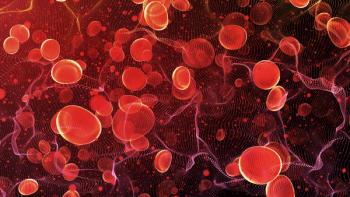
Lisocabtagene maraleucel (Breyanzi; Bristol Myers Squibb) is a CD19-directed CAR T-cell therapy that is delivered as a one-time infusion.

Previously, glofitamab had received an accelerated approval for patients with relapsed or refractory diffuse large B-cell lymphoma who received 2 or more prior lines of systemic therapy.

The antibody drug conjugate was used in combination with the anti-cancer drug SG3249, and demonstrated efficacy in mouse models after 1 week.

There are unique complexities when implementing bispecific antibodies, including site of care considerations, monitoring, and management of adverse events.

These FDA-approved therapies are used to treat lymphoma after 2 or more lines of therapy and represent significant advancements in the treatment of lymphoma.

The mutation impacts BAF proteins and can lead to progression of follicular lymphoma, according to the investigators.

Furthermore, the study authors indicated that patients with lymphoma and community-acquired pneumonia have broader dysregulated responses.

The application was previously granted fast track designation and orphan drug designation.

If approved, epcoritamab (DuoBody CD3xCD20; AbbVie, Genmab) would be the first and only subcutaneous bispecific antibody for treatment in this patient population.

Data shed light on brentuximab vedotin plus nivolumab, bendamustine, or gemcitabine.

Presentations detail clinical trial results and focus on drugs in the pipeline.

In addition, patients who were treated with liso-cel therapy had a higher average life expectancy and QALYs, compared to those who were treated with standard care.

The authors note that CAR-T cell therapy could change the treatment standard for patients with DLBCL, who previously had few options if standard chemotherapy treatment was ineffective.

Currently, there is no established standard of care treatment approach of HGBL, with frontline interventions consisting of chemo-immunotherapies.






